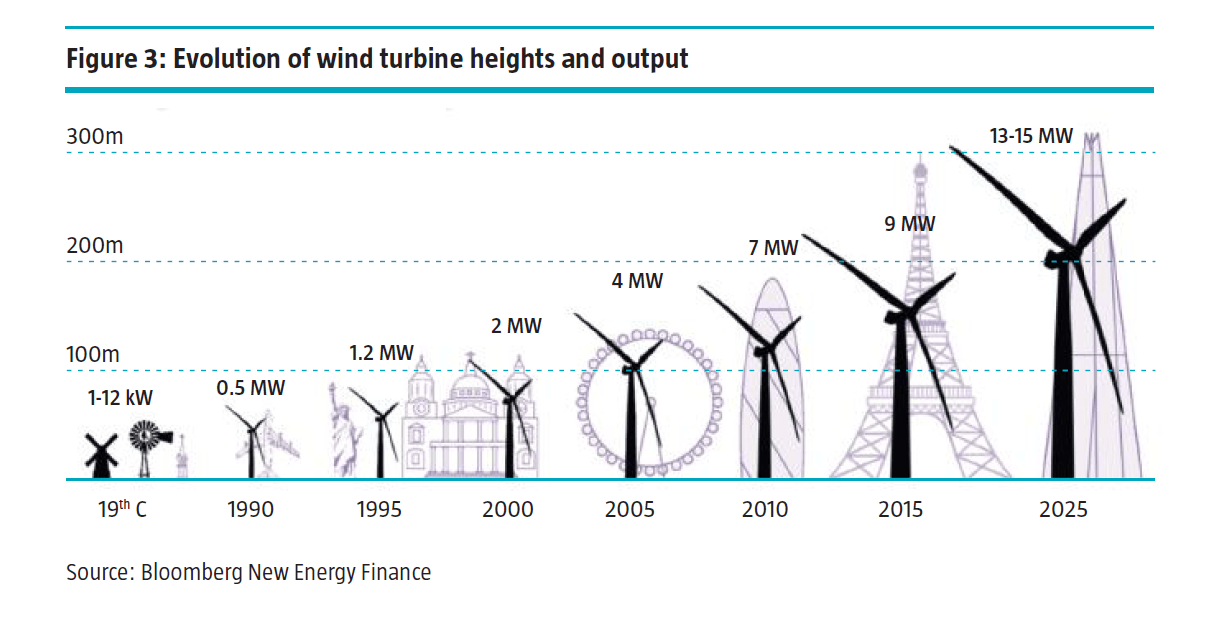Investors looking for yields and stable growth have traditionally preferred utility stocks. The majority of the utilities in the U.S. are regulated and tend to have near monopoly in the operating areas offer stable growth. However in recent years U.S. utilities are facing many headwinds and their stocks have not performed as they have in the past.
From Fear and Loathing for Utilities by Liam Denning in The Wall Street Journal:
Widows and orphans have reason to be pessimistic. That, along with their love of big dividends and regulated cash flows, is why they traditionally value utility stocks. Utility-dividend yields historically have tended to move with Treasury yields. As the latter fall—usually when fear reigns—utility yields fall.
That has been the case since mid-April. Utility stocks have rallied strongly, sending their yields down, as the 10-year Treasury yield has dropped from about 3.6% to a recent low of less than 2.9%. It stands now at about 3.2%.
If the economic recovery falters in the second half of 2011, renewed demand for Treasurys could, in theory, boost utility stocks further. But don’t bank on it.
The sector’s current dividend yield of 4.2% is 1.05 percentage points higher than that offered by Treasurys, compared with a monthly average of 0.13% since 1970. Utility dividend yields have often been below Treasury yields. Indeed, across that entire period, there have been only three episodes where utility dividend yields stayed above Treasury yields for longer than 12 months. The current one, which began in mid-2007 and really took off after the financial crisis, is the longest since 1980.
The author further notes in the article that 42% of S&P 500 utilities missed their earnings estimates in the first quarter and earnings are expected to drop this year.
Compared to their U.S. peers, many foreign utilities offer better growth potential. This is true especially for large diversified utilities and those operating in emerging markets. As the demand for electricity continues to grow in emerging markets such as China, India, Brazil, etc. utilities are bound to experience higher growth. In addition, many foreign utilities offer higher dividend yields than U.S. utilities. Hence investors in U.S. utilities may want to consider switching to some of the foreign utilities at current levels. The potential for earning higher returns is higher with these utilities despite factors such as foreign tax withholdings on dividends, currency fluctuations, etc.
The following 10 foreign utilities have dividend yields of more than 4.2% paid by U.S. utilities:
1.Company:EON AG (EONGY)
Current Dividend Yield: 7.82%
Country:Germany
2.Company:Companhia Energetica De Minas Gerais Cemig (CIG)
Current Dividend Yield: 4.97%
Country: Brazil
3.Company:National Grid PLC (NGG)
Current Dividend Yield: 5.90%
Country: UK
4.Company:Veolia Environnement Ve SA (VE)
Current Dividend Yield: 6.48%
Country: France
5.Company:Huaneng Power International Inc (HNP)
Current Dividend Yield: 5.7%
Country: China
6.Company:Cpfl Energia SA (CPL)
Current Dividend Yield: 5.40%
Country: Brazil
7.Company:Enel SpA (ENLAY)
Current Dividend Yield: 6.31%
Country: Italy
8.Company:EDP Energias de Portugal SA (EDPFY)
Current Dividend Yield: 6.95%
Country: Portugal
9.Company:Gdf Suez SA (GDFZY)
Current Dividend Yield: 5.93%
Country: France
10.Company:Aes Tiete SA (AESAY)
Current Dividend Yield: 8.50%
Country: Brazil
Note: Dividend yields noted are of July 8, 2011
Disclosure: Long VE, EONGY



do you have information canadian utilities ?
do you have any comments on canadian utilities ?
Sorry for the delay.Unfortunately currently I do not follow utilities in Canada. But I am doing some research and will be posting an article here soon.Thanks.